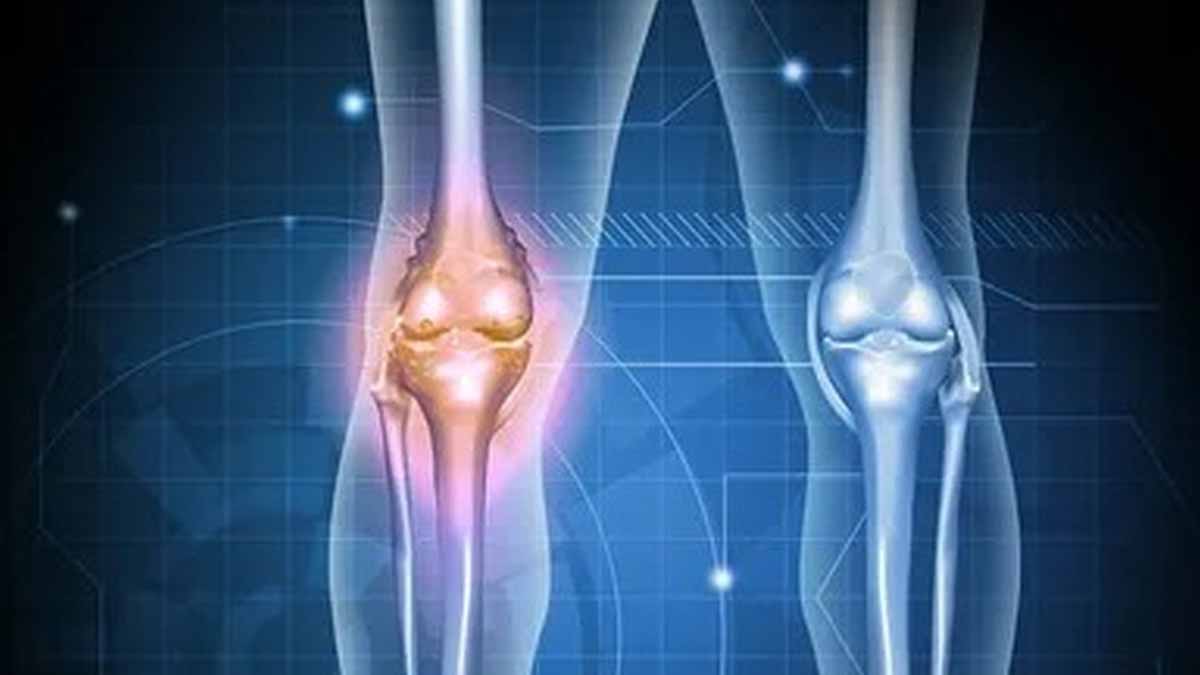Pain steals energy first, then movement. A simple shift in how you walk can give both back, fast. In a year-long trial, researchers taught people to change foot angle while walking. The tweak eased Arthritis Pain and slowed knee cartilage decline. No pills. No implants. Just training that fits daily life, because the method turns into habit and stays with you. The science is precise, yet the practice is simple and clear.
Why gait matters when knee cartilage starts to wear
Osteoarthritis is common after 40 and grows with every busy year. It thins the cartilage that cushions joints, so knees hurt during simple tasks. Because cartilage does not regrow well, many live with pain until a replacement.
Knee mechanics explain why walking style matters. Loads peak on the inner, or medial, side of the joint during stance. A small toe-in or toe-out angle shifts that load, which can ease stress on worn tissue and reduce irritation day after day.
The idea is not new, yet proof was the missing piece. Trials often used one pattern for all, so some knees saw less load and others saw more. The new trial fixed that gap with a personal prescription based on each person’s own gait.
How personalized foot-angle training eases Arthritis Pain
The team measured each person’s natural stride with motion capture and a pressure-sensitive treadmill. Then they found the toe-in or toe-out angle, five or ten degrees, that cut medial knee load the most. People practiced this angle in lab sessions.
During six weekly visits, a small device on the shin gave gentle vibrations after each step. The cue kept the right angle without thinking. Because the signal was simple, learning felt easy, and effort dropped as the pattern became automatic.
At home, people walked at least twenty minutes daily using the new style. Adherence stayed high. Follow-ups showed most held the target within one degree. Pain during activity faded, and daily walks felt smoother. This is where Arthritis Pain starts to loosen its grip.
What the randomized trial actually showed
Sixty-eight adults with mild to moderate medial knee osteoarthritis joined the study. Half received a sham program that matched their usual angle. Half received the personalized angle that reduced load. Everyone had a baseline MRI and a one-year MRI.
The intervention group reported larger pain relief than the sham group. The effect sat between an over-the-counter drug and a stronger narcotic, without medication risks. People also described pride: they owned the change with their body, not a device.
Cartilage markers told a second story. MRI showed slower deterioration in the intervention group across the year. Habit strength mattered, so training plus daily practice built durable gains. Many said the pattern now felt natural, and Arthritis Pain stayed lower.
Who ran it, what it proved, and why it matters for Arthritis Pain
This was the first placebo-controlled proof that a biomechanical change can reduce symptoms and slow joint decline. It showed that less load can translate into less pain and better cartilage markers over time, not just in a lab moment.
The work appeared in The Lancet Rheumatology on August 12, 2025. The authors included Scott D. Uhlrich and colleagues. The trial was funded by the U.S. National Science Foundation, the National Institutes of Health, and the Department of Veterans Affairs.
Personalization was the key. Earlier “one-pattern-fits-all” trials mixed responders with non-responders. This study excluded people whose load could not be reduced by angle change. The result: clear signals on pain and structure, and a path to clinical rollout for Arthritis Pain care.
From lab benches to clinics, sidewalks, and living rooms
The prescription step used cameras and a treadmill, which are costly. Yet the team outlined practical tools that can scale. Smartphone video can capture angles. A “smart shoe” can deliver cues during normal walks. Physical therapy clinics can guide first steps. Researchers believe these affordable solutions will make personalized gait retraining accessible to millions worldwide.
Because osteoarthritis often starts in our 30s, 40s, or 50s, time matters. Many face decades between first pain and replacement. A simple gait shift gives a bridge: fewer flares now, slower wear later, and more control in everyday routines without new drugs. For patients, this approach offers a long-term option that delays invasive treatments and preserves mobility.
Not everyone will respond. If angle change does not lower load, other care is needed. Clear screening avoids false hope and wasted effort. For responders, a short course of training plus home practice can lighten Arthritis Pain while protecting the joint.
A small daily tweak that helps knees last, life feel easier
Simple changes add up when you repeat them. A few degrees at the foot can lower knee stress with every step. People gain comfort today, and cartilage faces less strain tomorrow. The habit stays, and Arthritis Pain loosens as movement turns smooth again.
